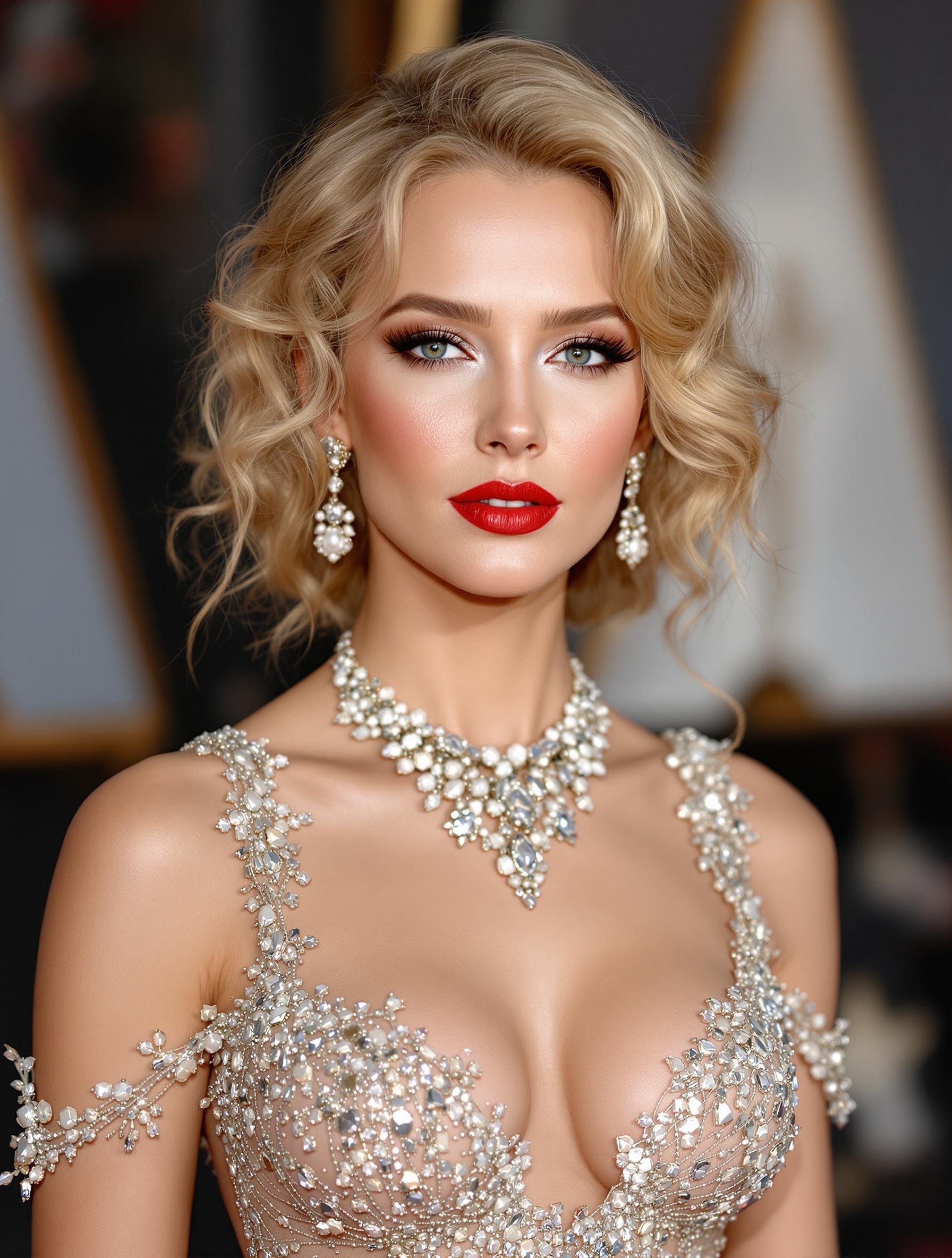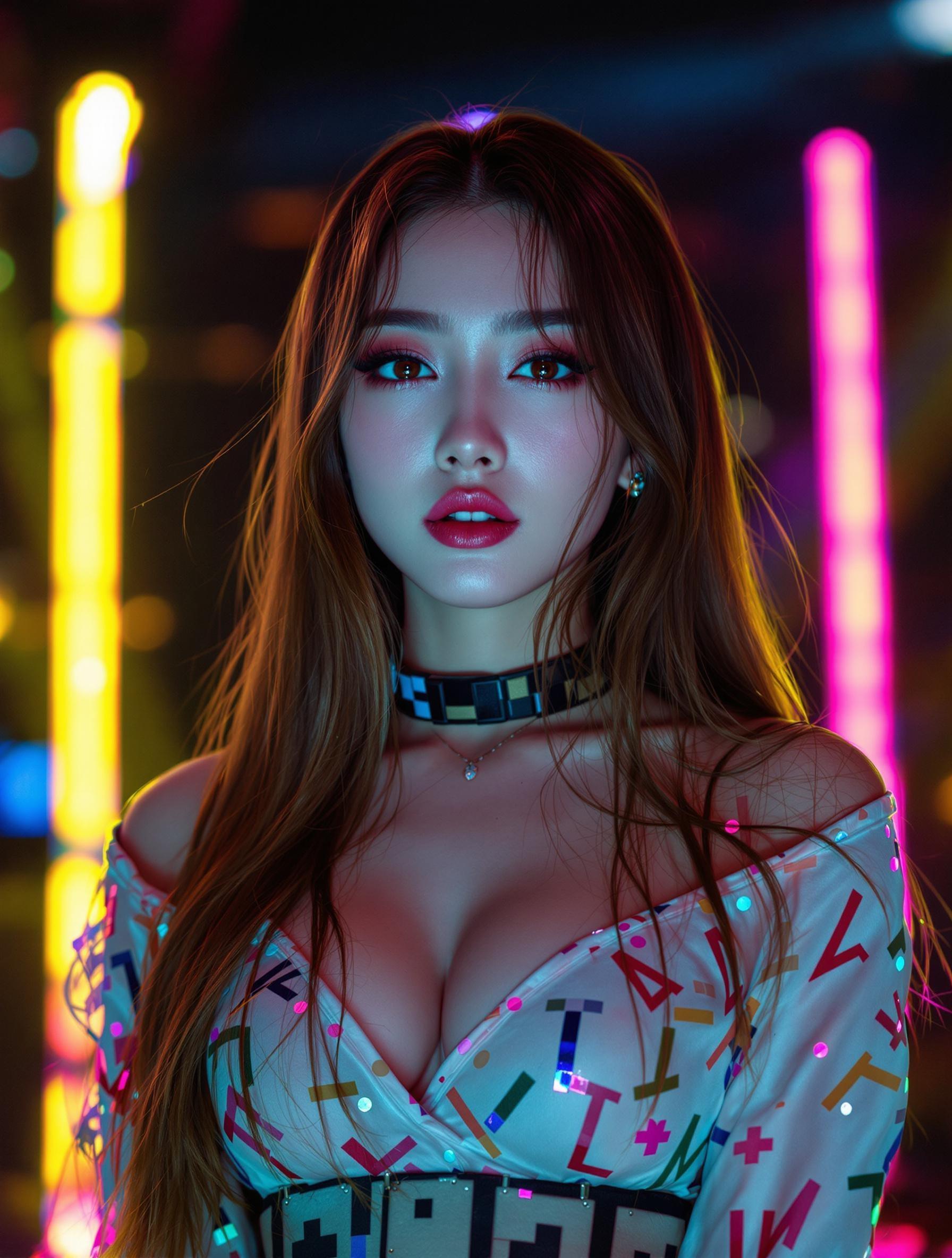All In One Digital Human Video Generator
Create your AI Avatar with just an image, a voice clip, and a video!
All In One Digital Human Video Generator
Create your AI Avatar with just an image, a voice clip, and a video!
AI Avatar - Create Digital Human with Perfect Lip Sync
Generate stunning Digital Humans with our advanced OmniAvatar AI technology. From Asian actresses to European celebrities, from K-pop idols to fashion icons - create your unique virtual identity with perfect lip sync technology powered by OmniAvatar.

Asian Actress
Ultra-realistic rendering

European Celebrity
Fashion-forward style

K-pop Idol
Flawless makeup & style

South Asian Man
Professional style
Ultra-Realistic Digital Human Rendering
Advanced OmniAvatar AI technology creates lifelike Digital Humans with perfect lip sync and natural expressions.
Try NowDiverse Digital Human Styles
From Asian actresses to European celebrities, K-pop idols to fashion icons - create any Digital Human style with OmniHuman.
Explore StylesInstant OmniHuman Generation
Create professional Digital Humans with perfect lip sync in minutes using our OmniHuman AI technology.
Generate NowZero Learning Curve
No design skills required. Anyone can create stunning Digital Humans with perfect lip sync using OmniHuman.
Get StartedReady to Create Your AI Avatar?
Experience the power of our OmniAvatar AI technology and create stunning virtual characters in minutes.
Start Creating AI Avatar* All virtual characters shown above are generated using our OmniAvatar AI technology, showcasing diverse styles from Asian actresses to European celebrities and K-pop idols.
OmniAvatar Digital Human with Perfect Lip Sync
Transform your static images into dynamic Digital Humans with perfect lip sync technology. Upload a photo and audio, then watch as OmniAvatar AI creates a realistic talking Digital Human with natural expressions and movements.
Cheerful Young Woman
Natural expressions with perfect lip sync
Cyberpunk Streamer
Futuristic style with dynamic movements
Gaming Streamer
Energetic personality with perfect sync
Sports Host
Professional presentation with clear articulation

Source Image + Audio = Digital Human with Lip Sync
OmniAvatar AI technology perfectly synchronizes lip movements to create realistic talking Digital Humans
Perfect For Digital Human Creation
Content Creators
Create virtual Digital Human hosts for videos, live streams, and digital content with perfect lip sync and natural expressions using OmniHuman.
Brand Marketing
Design Digital Human brand ambassadors and virtual spokespersons for campaigns with professional presentation and clear articulation powered by OmniHuman lip sync technology.
Social Media
Build unique Digital Human identities for social media presence with energetic personality, dynamic movements, and perfect lip sync using OmniAvatar technology.
Ready to Create Your Digital Human with Perfect Lip Sync?
Experience the power of OmniHuman AI technology and create stunning Digital Human videos with realistic movements, expressions, and perfect lip sync.
Start Creating Digital HumansRealistic Digital Human Movements
Natural body language and facial expressions with perfect lip sync
Perfect Lip Sync Technology
Accurate audio-video synchronization powered by OmniHuman AI
Fast Digital Human Generation
Quick Digital Human video creation in minutes using OmniHuman
Virtual Human - Create Dream Virtual Idols with OmniHuman
Use advanced OmniHuman virtual human technology to create unique virtual idols. From metal-style girl group rappers to anime-style girl group vocalists, from full-body poses to half-body close-ups, build your dream virtual world with OmniHuman.

Metal Style Girl Group Rapper
Full body pose showcase

Anime Style Girl Group Vocalist
Half body close-up shot

Multi-angle Virtual Human
Image expansion technology
New Virtual Human Style
Advanced AI generation
Holographic Virtual Human Rendering
Advanced OmniHuman virtual human technology creates dream-like holographic effects, bringing virtual idols to life.
Create HologramDiverse Virtual Styles
From metal style to anime style, from rappers to vocalists, create various virtual idol styles with OmniHuman.
Explore StylesMulti-angle Image Expansion
Advanced OmniHuman image expansion technology generates multi-angle virtual human displays from single angles.
Expand ImagesDream Virtual World
Create your dream virtual world with OmniHuman and let virtual idols freely express themselves in digital space.
Build World